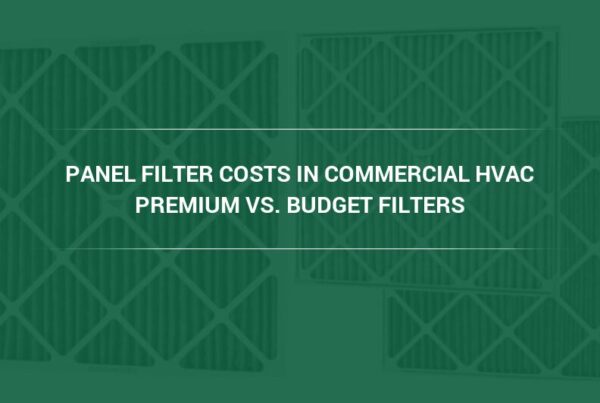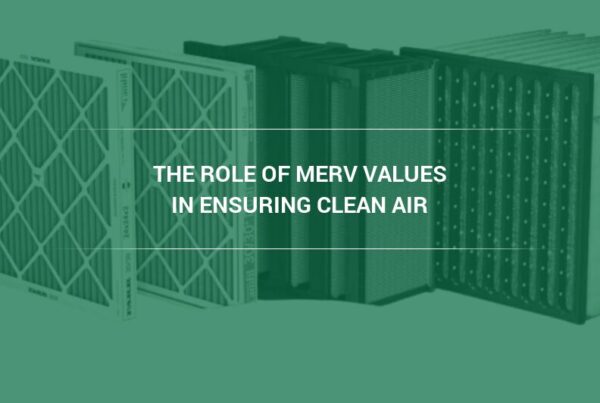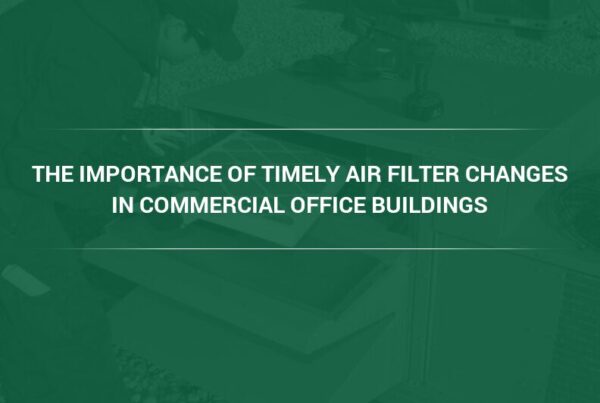Learn how major airports in the country are turning to high efficiency air filters to protect the indoor air quality inside terminals and other airport buildings.
With a high volume of vehicle traffic, not to mention hundreds of airplanes flying in and out on a daily basis, it’s no surprise why airport terminals and buildings face a greater need for industrial quality air filters. The environments in and around airports are heavily polluted with gaseous contaminants and particulate matter (PM), making it all the more important to ensure that airline passengers and workers are breathing clean, purified air.
“Air travel demand is forever increasing and airplanes, push-back trucks, passenger buses, staff buses, baggage wagons, cleaning team vehicles and catering trucks will further challenge the air filtration systems,” explains Greg Herman, National Accounts Manager at Camfil USA. “Most of these vehicles are powered by diesel engines and operate in very close proximity to gates and other passenger holding areas. As a consequence, they are the likely source of most pollution inside terminals and other airport buildings.”
Why Airports Need Both Particulate and Molecular Air Filters to Protect Indoor Air Quality
Airport buildings and the communities near them are constantly exposed to air pollution from jet fumes, airborne dust particles caused by the movement of thousands of people, particulate matter from construction work, and chemical gases from the use of cleaning chemicals. High efficiency filters designed to capture particles and molecular filters designed to capture gases play a big part in preventing these contaminants from affecting indoor air quality, and in turn, the health of passengers and airport staff. In recent years, their importance has become more pronounced after the public became aware of the dangers of carbon dioxide and greenhouse gases (GHG) being released by fossil fuels for power generation, power vehicles, and heating.
Ground-based GHG emissions are particularly common in airport settings, where airport vehicles and ground support trucks use diesel fuels that tend to be more polluting. And while particulate and molecular air filters offer an effective way to prevent people from beating these emissions, airport management teams and local governments are taking it upon themselves to reduce GHGs in an effort to reduce operating costs and airport energy bills.
How Commercial HEPA Filters Can Fix the Problem
Most higher efficiency air and molecular filters can usually be installed in an airport’s existing HVAC system without modification. However, there are situations where modifications are required to the filter holding frame to allow for a greater number or larger size of filters.
Another option available to airports are industrial-style stand-alone air purification systems that can be located in areas that are particularly prone to a high volume of contaminated air. The value of using units like this is they can be set to activate when sensors detect air quality that needs immediate attention. These units are capable of utilizing either particulate filters for particle removal or molecular filters for gaseous contaminant removal.
Where Airports Can Get Funding for Industrial Air Filters
The good news is there are several State and Federal incentives that allow airports to receive funding to improve their energy efficiency and pollution emissions. These measures include tax-exempt leases, cooperatives for renewable energy, agreements for power purchasing, and other low-risk and low-cost options. There are also grants that provide funding to airports and other public facilities, allowing them to procure industrial air filter systems, buses that run on renewable energy, and even solar panel arrays.
An example of a grant program comes from the Federal Aviation Administration’s (FAA) Airport Sustainability Planning Program, which offers grants to certain airports working on Sustainability Master Plans or Airport Sustainability Plans. Such plans tend to include GHG inventories and initiatives for emissions reduction.
EPA Working on Solutions Beyond Industrial HEPA Air Filtration Systems
While high efficiency air filters are a solution for improving air quality inside airports, the Federal Government knows it must look toward the root cause of the pollution itself. And so, government interventions like the Diesel Emissions Reduction Act (DERA) and the Clean Air Act play a critical role in creating changes that reduce GHG emissions from the source, rather than just react to its consequences.
DERA, for example, provides funding to municipalities, schools, and other local government units. In this case, however, the money will be used to help them make the transition from dirty diesel cars and trucks, to fuel efficient alternatives.
Choosing High Efficiency Particulate and Molecular Filters for AirportsWhile such changes take place, it’s important for airports to be proactive and use both high efficiency particulate and molecular filters to protect their staff and passengers. With the proper-strength air filtration system, the air inside terminals and airport buildings can be kept safe from pollutants such as:
- Black carbon (also known as soot)
- Smoke
- Sulfur dioxide
- Nitrogen dioxide
- Volatile organic compounds
For more than 50 years, Camfil USA has been a leading provider of air filtration systems that meet the demands of airports when it comes to capturing and removing both particulate matter and gaseous pollutants. Get in touch with our experts for the airport air filters o learn how we can help solve your air quality problems.



